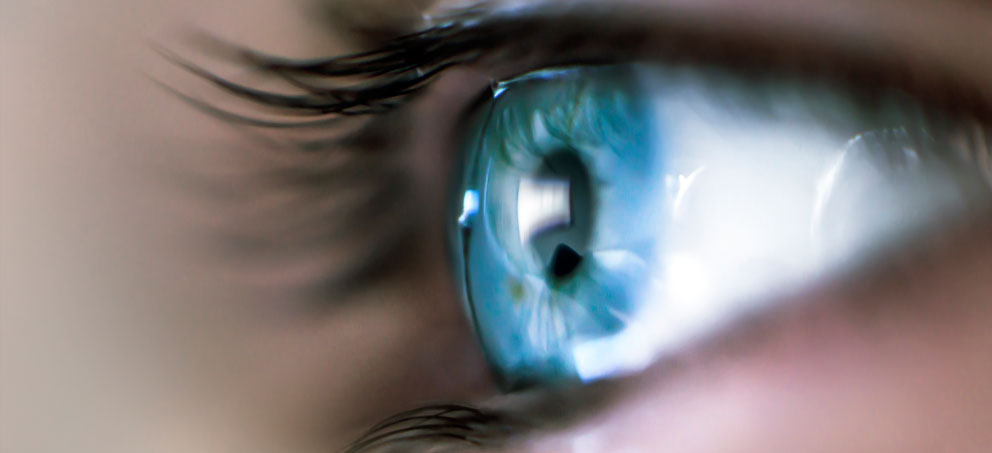There are tiny passages called tear ducts that run down the sides of our noses and drains tears from our eyes. Sometimes, these passages may develop a blockage in some part of the duct. It can be the result of a few different factors, such as the shape of the ducts, infection, and even growing older.
Having a blocked tear duct means that your tears may not drain out of your eye normally. It is a common condition in infants, and it can develop in adults, as well. A blocked tear duct is often harmless for babies, but when it concerns adults, it can sometimes be a sign of a serious health problem. Blocked tear ducts are usually treatable and temporary, but if the condition persists, you should see a doctor.
Your treatment options depend on the cause of the tear duct blockage. More than one approach may be required to correct the problem. If a tumor is creating a blocked tear duct, the treatment will focus on the cause of the tumor, and surgery may be performed to remove the tumor. Other procedures may be used to shrink it.
A BLOCKAGE CAN CAUSE INFECTIONS
Medications will be recommended to fight any infection that may arise from the blockage. You may be prescribed antibiotic eye drops or pills to help with the problem.
DEALING WITH A BLOCKAGE IN INFANTS
Babies who are born with a blocked tear duct often get better without any treatment. It can happen as the drainage system matures during the first couple of months. Usually, a thin tissue membrane remains over the opening that empties into the nose.
DILATION AND FLUSHING
For infants, this technique is performed under general anesthesia. This process involves the enlargement of the openings with a particular dilation instrument. The doctor will insert a thin probe through the lacrimal puncta and into the tear drainage system.
BALLOON CATHETER DILATION
The balloon catheter dilation technique requires the use of a general anesthetic as the doctor proceeds to through the blocked area of the nose with a tube that has a deflated balloon tip. The balloon is then inflated and deflated a few times to open the blockage. It’s usually enough to treat infants and toddlers, and may also be used in adults who have a partial blockage.
TREATING TEAR DUCT BLOCKAGES WITH SURGERY
Dacryocystorhinostomy is a surgical procedure designed to restore the flow of tears into the nose from the lacrimal sac when the nasolacrimal duct does not function. This method opens the passageway for tears to drain through your tear ducts properly.
TRADITIONAL TECHNIQUE
The surgeon will make an incision on the side of your nose near the lacrimal sac. After connecting the lacrimal sac to the nasal cavity and placing a stent in the new passageway, the surgeon closes and bandages the incision.
ENDOSCOPIC TECHNIQUE
The surgeon uses a tiny camera and other small instruments inserted through the nasal opening to your duct system. This method does not require incisions, so you don’t have to worry about any resulting post-surgical marks.
After the surgery, a nasal decongestant spray and eye drops will be used to prevent infection and reduce any inflammation. After three to six months, you can return to the doctor’s office for removal of any stents that were used to keep the new channel open during the healing process.
CONTACT OUR OFFICE
If you suspect that you have a tear duct blockage, your first step is to find a doctor you can trust to help you solve it. Contact our office to schedule a consultation with our skilled Ophthalmic and Reconstructive surgeons today.

